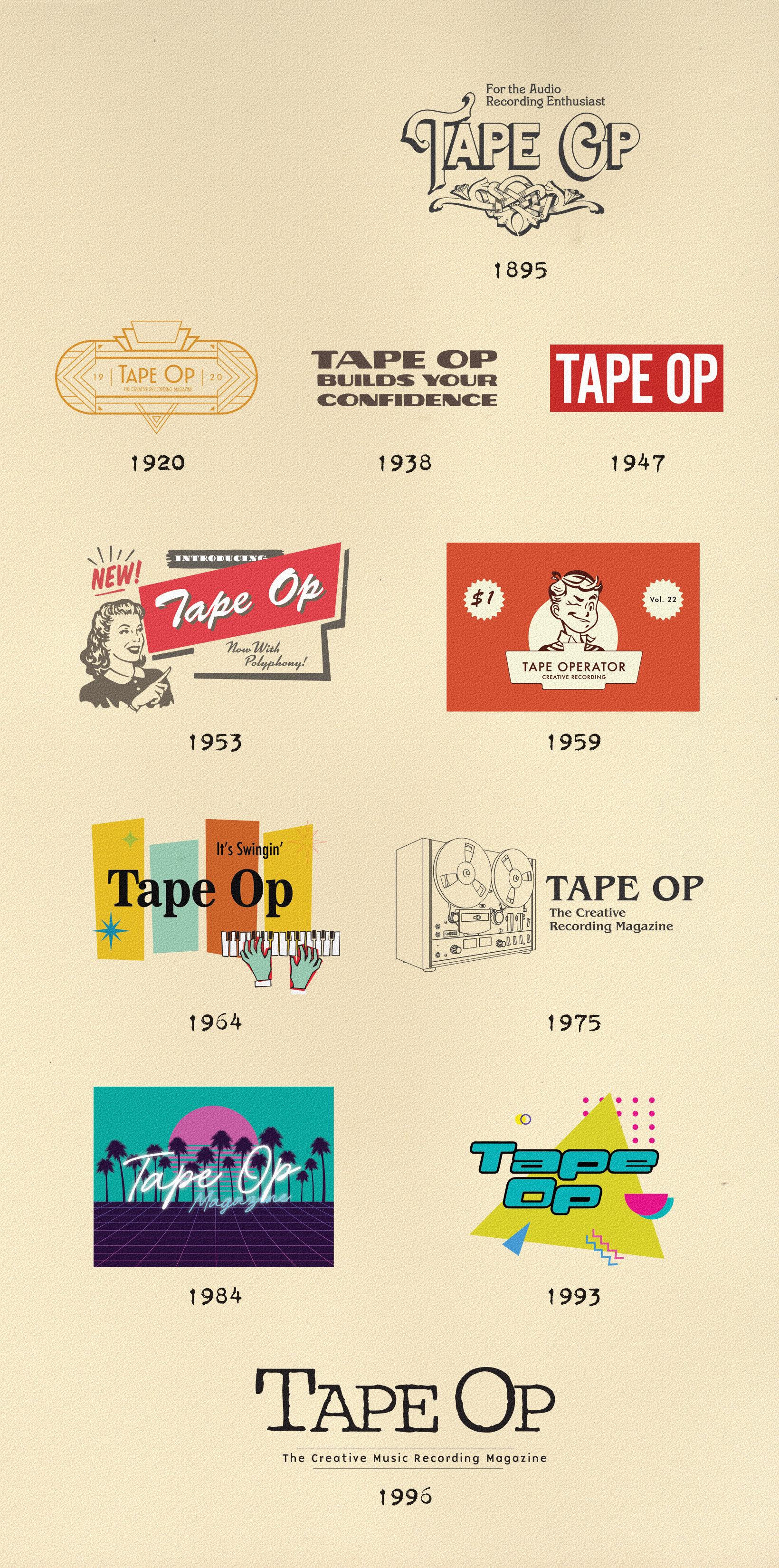Last year, at least once a week, I heard someone mention Coil Audio. Even a few engineers I knew who never hype gear were straight-up saying, "These are the best preamps on the planet.” My curiosity got the best of me, and I offered to do an extensive video review on the CA-70S and CA-286 preamps if Coil were willing to lend me the hardware for a bit. The timing worked out, and within an hour of plugging them in, I was looking around my studio for what I would need to sell in order to buy a few channels. The original hardware version is roughly based on the old Gates preamp design, utilizing octal tubes and unique, custom transformers. Many compare the CA-70S to a tape machine: Nice harmonic distortion that does an excellent job of handling transients, a bit of a “head bump” on the low end, and a beautifully smooth high end.
MixWave recently announced they were releasing a plug-in version of the CA-70S. I'm not typically a big fan of preamp plug-ins; it seems weird to mimic something intended for the beginning of the chain, and then throw it at the end after the recording. But in the analog world, I had found myself using Coil’s stunning preamps as line level hardware to run mixes and other sources through post-tracking. Coil has made it incredibly easy to use the preamps that way with the flip of a switch (Line/Mic), and it's one of the reasons I fell in love with their preamps.
The most remarkable feature of the Coil hardware preamps is their variable Negative Feedback (NF) control, and MixWave has done a fantastic job bringing it to life in the plug-in. They decided to take the “component level modeling” approach with this plug-in and break down each part of the circuit piece by piece to ensure similar interactions between controls, just like the hardware. The CA-70S might seem incredibly simplistic on the surface, with familiar controls for Input pad, Output, NF, Low (filter), Line/Mic, and polarity invert. They’re all incredibly interactive, especially the relationship between the Output and Negative Feedback. In a nutshell, Negative Feedback takes some of the signal at the end of the chain and blends it back in at the beginning, but out of phase. In the case of the CA-70, turning the NF up (clockwise) adds Negative Feedback, which means less harmonic distortion, and a somewhat drastic loss of high end if the Output is set all the way up. I’ve seen a fair amount of frustration at how severe it can sound, but what most don’t realize is that if you turn the Output of the preamp down a bit, the effects of the Negative Feedback not only change but also sound much less drastic – and it’s much easier to match your gain staging with the plug-in, as MixWave has added transparent input and output controls. These are welcome additions that I wish I had on the hardware units during quieter tracking moments.
Simply tinkering with the interaction between NF and the Output controls will likely keep you busy. Features found only on the plug-in include high and low-pass filters at the beginning and end of the “circuit,” plus a Dry/Wet blend control. The CA-70S is not shy about adding weight to your sound; subtlety isn’t part of its vocabulary on some sources. The biggest rabbit hole I went down with the plug-in was experimenting with pushing the NF while filtering out a bit of low end. The Low control is incredibly interactive and changes with the NF control. Boosting the low end through an already incredibly big and punchy CA-70S can be a bit much at times, and being able to gently roll out some of the sub frequencies while essentially boosting the lows simultaneously provided some awe-inspiring results. It was also interesting to hear the differences between using the filters at the end of the circuit versus the beginning. At this point in the game, you’ll start to appreciate the versatility of this seemingly simple plug-in.
I also recommend giving the CA-70S a try on your mix bus, but with one caveat: set it up on your mix at the beginning and mix into it. Almost everything coming out of the CA-70S sounds very different from how it entered. Most will be frustrated when haphazardly throwing this over a mix towards the end of the mixing process to “warm things up.” Like the hardware, I’ve found that mixes tend to come together much quicker and easier with the CA-70S – especially when pushing higher frequencies harder without as much harshness in areas like vocal sibilance. And with the Dry/Wet parallel mix knob, you’ve got as much versatility as needed to control how much color you want to add.




_disp_horizontal_bw.jpg)